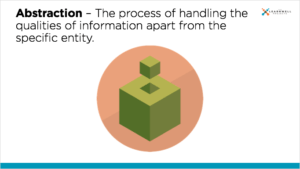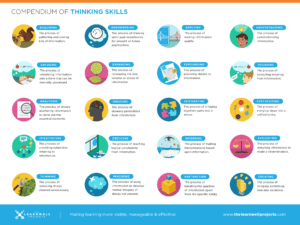[et_pb_section admin_label=”section”]
[et_pb_row admin_label=”row”]
[et_pb_column type=”4_4″][et_pb_text admin_label=”Text”]
Nora was required to meet with me as a condition of her academic probation status. She’d missed several days of class and had a .8 GPA at the end of her first semester of college. Her serial absences gave her professors a seemingly clear signal that she was disinterested in college.
However, after getting a more holistic perspective, I realized that Nora’s inability to think abstractly was causing her to avoid class. Her lack of attendance had dropped her in a hole too deep to dig out of without help.
Once I provided some clarity, Nora not only improved her grades, but she also regained her passion for learning.
Students with skill deficits require a straightforward approach. I typically use the three steps listed below. Keep in mind that these steps are not prescriptive; they apply to a broad scope of academic tasks.
Step 1: Isolate – Students rarely are aware of the thinking skills needed for their tasks. They are even less aware of which skill they’re using at any given time. Therefore, I explicitly taught Nora what abstract thinking entailed. I believed that activating this skill would serve as a keystone action with immediate and long-term benefits.
 We first explored abstract thinking in nonacademic contexts such as music, casual conversations and television. We then transitioned these skills to academic settings. Nora’s pleasant reaction signaled that she was buying into this step and gaining confidence in her ability to make the needed improvements.
We first explored abstract thinking in nonacademic contexts such as music, casual conversations and television. We then transitioned these skills to academic settings. Nora’s pleasant reaction signaled that she was buying into this step and gaining confidence in her ability to make the needed improvements.
Step 2: Integrate – I used the Compendium of Thinking Skills document to help Nora identify thinking skills she perhaps unknowingly uses. She then selected specific processes she could potentially use for real and imagined courses, topics and tasks. Finally, I gave her a few tasks that required her to combine specific skills from the compendium.
After completing these tasks, we reflected on the qualitative enhancements in her thinking and the resultant qualitative – and, indirect, quantitative – improvement in her writing. At one point during this phase, Nora blushingly stated, I wish I knew this early on. Instead of being on probation, I’d be an honors student. Her self-efficacy was increasing with each step.
Step 3: Evaluate – The final step is perhaps the most consequential. Nora and I had a detailed conversation about the difference her new skills made in her writing products. During this step, I was painstakingly thorough to ensure that the benefits extended beyond this assignment and course. I wanted her to know that these skills would impact every course she takes and all aspects of her life forever.
I recall Nora making a statement that I hear quite frequently from students: She said that thinking this way made school “fun.” I believe a more accurate word to describe her feeling is “rewarding.” For the first time in a long time, Nora felt the addictive sensation of a job well done.
Unfortunately, Nora and I lost contact. She did not respond to my follow-up emails. “I feared she was avoiding me, that perhaps she thought I’d be disappointed to learn that her performance hadn’t improved after all.”
I ran into her professor a few weeks later. Dr. McCollens informed me that Nora had shown tremendous growth. She had produced some of the most substantive writing in the class. He shared that Nora had received “Cs” on her next two writing assignments, however, due to her “dreadful” grammar skills. Otherwise, she’d have received “As” on both papers.
I hope Nora scheduled a visit with the writing center to work out the technical aspects of composition. This would allow her to fully benefit from her new abstract thinking abilities. I feel confident that she now knows that she has the mental capacity to deliver high quality work.
Upcoming Webinar: Join us for practical solutions to help students like Alyssa, Marcus and Nora with the issues presented in the Why Our Academic Solutions Fail four-part series – EFFECTIVE THINKING AND LEARNING: EVIDENCE-BASED STRATEGIES FOR IMPROVING STUDENT ACADEMIC PERFORMANCE[/et_pb_text][/et_pb_column]
[/et_pb_row]
[/et_pb_section]


